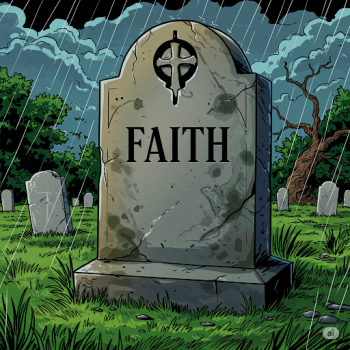
It feels like church has changed so much after the COVID-19 pandemic. With most of the world on lockdown, many small churches scrambled to make the change to hosting services online. This often included spending thousands of dollars of video and audio equipment while requiring more volunteers to work the new tech.
Much of 2020’s dialogue was about the necessity of in-person church. Denominations that place high priority on the Eucharist tended to be more hesitant to the change. Low church denominations were overall more likely to make the investment into online services. We can also look at political stances and see correlation of online and in-person services. Church’s that were more politically conservative tended to be more likely to encourage returning to in-person service.
I heard a lot about the pros and cons of the online church service. Some people thought it was hurtful to the Church. They saw online services as abandoning the assembly. On the other hand, many people with mobility, immune, and other difficulties felt seen. Everyone was finally starting to see what their ‘normal’ was and it was a good thing that churches spent more time and money providing services for the home bound.
The Question
The overarching question that was being discussed – ‘is being in church or virtual church better?’ – is the wrong question to ask. It’s a lot like asking the question, ‘is a physical book or digital copy of the Bible better to read?’. They both have their benefits and their downfalls. Like stated above, some people don’t have the option to attend a physical service. In their case, having a virtual service was fulfilling for them. In the same breath, a parishioner who values the Eucharist and feels the spirit move in the sanctuary probably found this period of their life difficult.
The Western printing press posed a similar problem to what we see today. With the Gutenberg Revolution in the 15th century, the Geneva Bible was manufactured and available to more people. Before this, each copy was hand produced. The mass production of Bibles was also concerning to a religion that was orally passed down. Most churches had Bibles, but it was the homily and participation that was important. The oral traditions of ancient history was seen to be at jeopardy. Instead of memorizing, people could have it available. This would degrade the value of the text.
What Now?
We are only a couple years removed from the worst of the pandemic. Yet, we can see lasting effects that will force us to rethink religion and technology. Online services are still being produced and are popular. I know my wife and I tune in when we can’t make it to in-person service. This allows for participation in the larger Church by those who have been neglected and unable to join for years. I think that is fantastic.
I do worry that there will be an embodied component that will fall by the wayside. Part of the Christian tradition is acknowledging that we are our physicality. While there is a spirit, it cannot be untied from our physical body. Even the most conservative readings of the resurrection agrees that we will be reunited with a body. Our body is part of who we are in this life and the next.
Like every change in the world, the Church has adapted to the needs of the people. As long as the technology doesn’t outweigh our directive, the Church will continue to thrive. Love God, love our neighbor, and care for the marginalized. We should continue to do these things will every tool available.

















